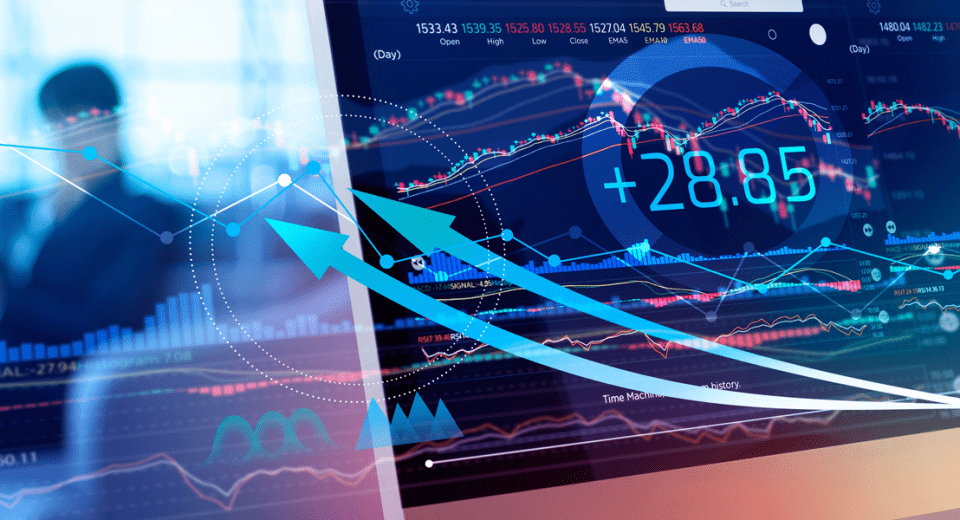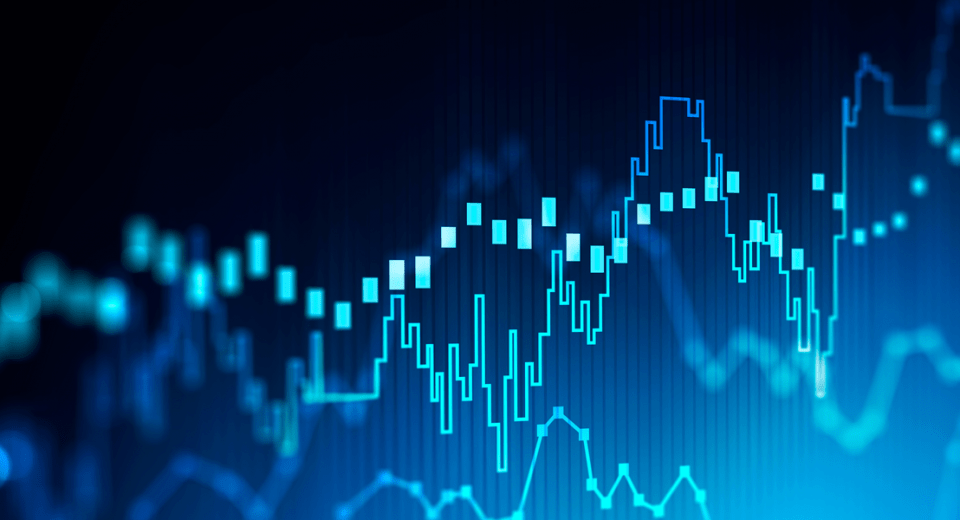CFDs vs Futures

Derivatives are said to have existed as far back as the ancient Greek and Mesopotamian civilisations. Of course, at that time, derivatives were merely verbal agreements, not as complicated as the ones we have today. Derivatives have gone through significant evolution, such that now you can trade almost any financial instrument using a derivative.
Contracts for Difference (CFDs) and Futures are two types of commonly used derivative contracts, since their values are derived from various underlying assets. They enable traders to speculate on price fluctuations without actually owning the assets. They both are highly leveraged financial products, offering traders higher exposure with a small initial investment, equivalent to a small portion of the real value of the underlying asset.
Futures
A futures contract is an agreement to buy (long position) or sell (short position) a financial product, based on an underlying asset, for an agreed price on a predetermined date. These contracts include the exact quantity, location and date of sale/purchase of the physical asset, as well as the predetermined price. On the expiration of the contract, it might be settled in cash or by debiting or crediting money from the concerned party’s account or via physical delivery of the underlying asset. Futures contracts are traded only on specific exchanges, which precisely define the parameters of each trade.
CFDs
CFDs are agreements to exchange the difference in price of an asset between the beginning and the end of the contract or simply a transaction, based on fluctuations in prices of an underlying asset. The trader speculates on the price movement and if they conclude that the prices will increase, they take a long position, and if they believe prices will fall, they take a short position in the market. The party that gets their speculation right reaps the profit of the fluctuation in the prices.
Futures vs CFDs: What’s the Difference?
1. Spread
This is the difference between the buying and selling price of an asset. Both futures and CFDs are traded using spreads. However, the spreads tend to be small in the futures market. Often, CFD providers use the futures market to hedge their own positions and offer a larger spread to trade in the CFD market.
2. Standardisation
Both are derivatives products, although they differ in terms of where they are traded. Futures contracts are traded in official markets, such as the NASDAQ Futures Exchange (NFX), Euronext, London Stock Exchange and more. This makes futures contracts highly regulated and standardised, with fixed parameters. Just the date of settlement differs from contract to contract.
Contracts for Difference are over-the-counter (OTC) traded instruments. They are mostly not provided by official exchanges but by brokers who have their own terms and conditions. CFD providers organise a market for assets to trade and also create and disseminate prices in real time.
3. Contract Size
Futures are traded on large exchanges and are created to be used by large investment institutions. So, these contracts have a large minimum size. For example, the minimum unit of crude oil contract at COMEX is 1,000 barrels. Comparatively, the size of one crude oil CFD is 10 barrels. Contracts for difference provide much more flexibility and are accessible to individual small traders, who cannot afford large exposure.
4. Flexibility of Leverage
Leverage enables a trader to gain much higher exposure than they would be able to using only the amount in their account. The increased leverage can multiply the profit potential, although increased exposure would also mean higher loss potential.
In the case of a futures, leverage varies from contract to contract, but it isn’t very flexible. The initial margin or the amount to be deposited to buy a futures contract is determined by an exchange or a clearing house. This margin is about 5% to 10% of the actual value of the contract.
CFDs are created by brokers, giving power to the broker to set the initial margin of the contract. This provides a variety of options to choose from in terms of the initial margin for individual traders, based on their risk appetite.
5. Expiration Date
In the futures market, there is a predetermined date for the expiry of the contract. This date, under the terms of the contract, determines when the underlying asset is to be delivered at the agreed upon price. The expiration date of the contract is set by the exchange, facilitating the trade. Most futures contracts are settled before the date of expiry, since traders enter into such contracts with no intention of taking the actual delivery. They just want to make a profit out of the fluctuations in the market.
A contract for difference has no predetermined price or expiration date. A trader enters into the contract and liquidates it when the price of the underlying asset goes against the acquired position. The difference between the price at the beginning of the contact and the price at the termination of the contract is the profit or loss made by the trader.
6. Regulations
There are fewer regulations when it comes to CFDs, as compared to futures, making it easier to open an account to trade CFDs. Futures contracts are highly regulated by the exchanges, making it a complex process to open an account. Less regulations also facilitate trading with much less capital in CFDs than futures.
Conclusion
Both futures and CFDs are mark to market, meaning they are priced on a daily basis. They have almost similar underlying assets, but futures backed by commodities are the most commonly traded. Futures come with high minimum commitment, but there is no such issue when it comes to CFDs. With evolving trading strategies and traders looking for quick results, CFDs seem a more viable option due to the flexibility this trading type offers individual traders, although these are high risk products. However, remember of regardless of what you are trading, having appropriate risk management strategies and market knowledge is key to long-term success.




